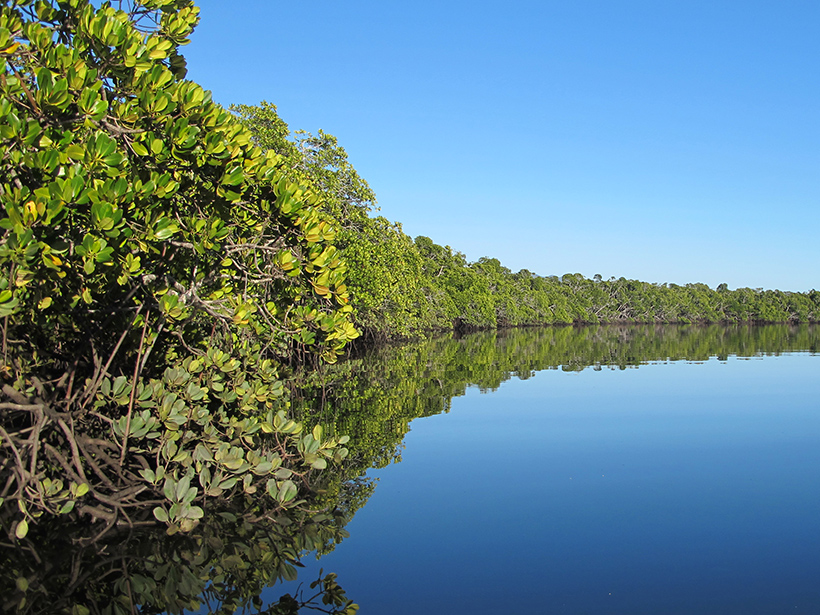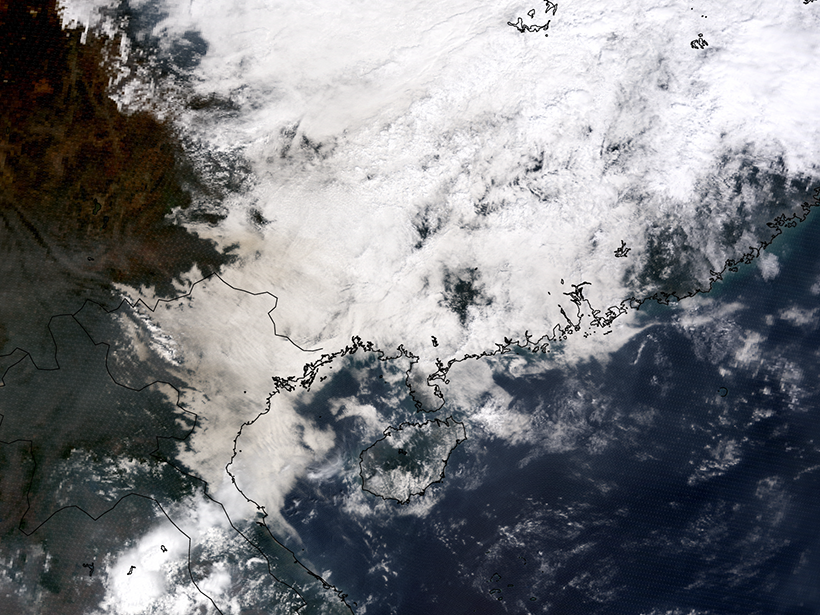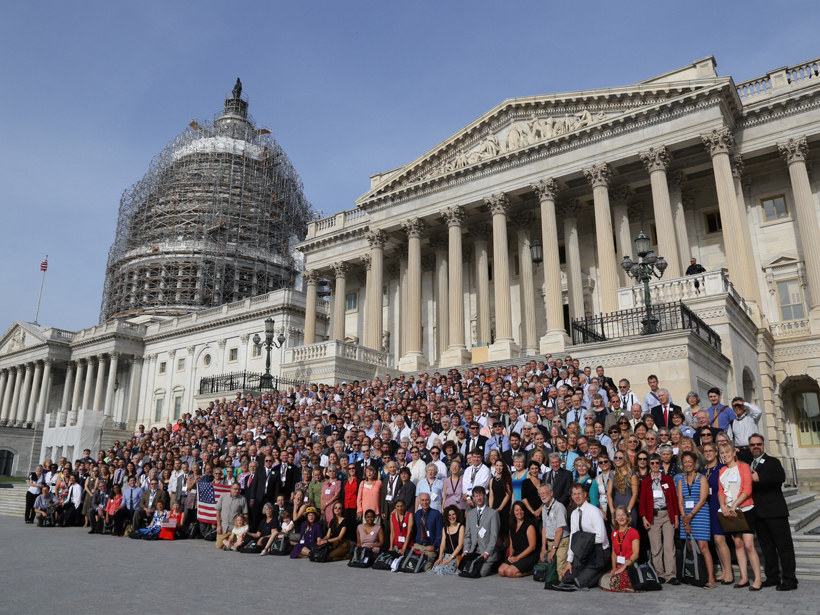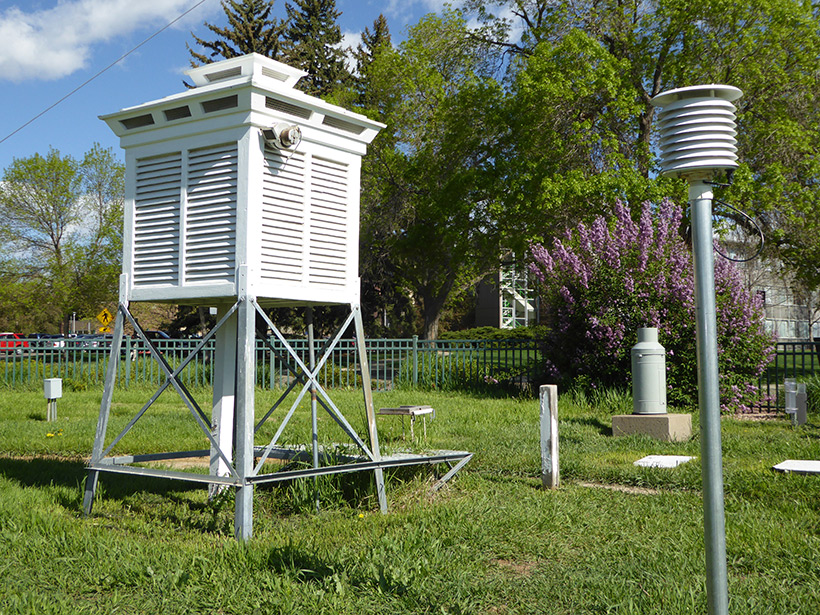New research evaluates the ability of coastal foliage to influence the ocean's pH.
Climate Change
Pinatubo 25 Years Later: Eight Ways the Eruption Broke Ground
From the first rapid assessment of a volcano's history to insights on geoengineering, the 15 June 1991 eruption of Mount Pinatubo changed the way we approach and learn from volcanic hazards.
One for All, All for One: A Global River Research Network
Intermittent rivers are an increasing share of the world's river network, but current models don't include them. One research network is gathering knowledge about these rivers from around the world.
How Regional Wind Patterns Will Influence Climate Change
Climate change is expected to cause wet regions to get wetter and dry regions to get drier, but new research suggests that the truth is more complicated.
They Got to “Ask-Me-Anything.” So, What Did They Want to Know?
On behalf of JGR: Oceans, I consented to a Reddit Science AMA. What did an anonymous public want to learn about oceanography and climate science? More importantly, what can we learn from them?
Measuring Atmospheric Aerosols Despite the Clouds
Researchers devise ways for remote sensors to integrate aerosol content above clouds into current methods of measurement.
Climate Scientists as Activists
The pursuit of global political solutions to climate change is not for the faint of heart—but it is a matter of civic responsibility.
How Tropical Cyclones Influence Photosynthesis
A new modeling study gives insight into how tropical cyclones affected ecosystems in the southeastern United States between 2002 and 2012.
Science Academies Urge Stronger Action on Disaster Resilience
A separate statement calls for nurturing new scientists, promoting science education, and supporting women and minorities in science.
Toward a Reassessment of Daily Temperature Range Trends
To reduce the uncertainty associated with this important climate change index, recent studies have developed a new diurnal temperature range data set and compared the results to previous estimates.









